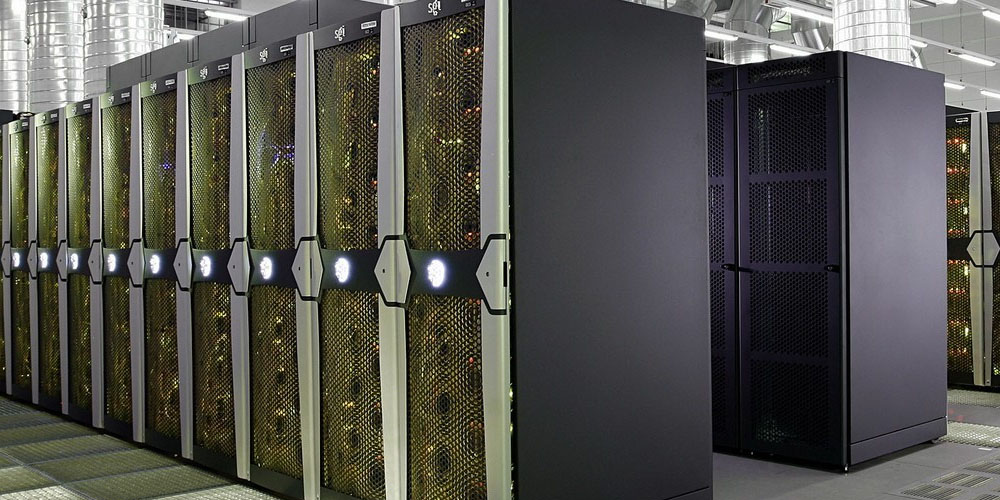Suntec is a professional wall-mounted network rack manufacturer based in China. The company boasts of manufacturing several types and sizes of network racks. Its products feature unique configurations that allow for proper performance. They are also designed with network rack cooling in mind.
How to promote network rack cooling
One of the primary features of an exemplary network rack is the cooling of the equipment inside them. Below are some ways in which network racks can achieve this task:
1. Airflow
The best network racks allow for the rear to front airflow. This can be achieved through panel vents or perforated panels. Network racks usually feature side panels, roof panels, and front and rear doors. To allow for efficient airflow, manufacturers add holes on these components to allow for easy airflow through the structure.
As the air passes through the holes and vents, the heat is eliminated with it. This movement of air also keeps the hot air from recirculating and polluting the cold air supply. Therefore, practitioners recommend that, if possible, the doors and panels should get eliminated to allow for better ventilation. However, note that this would only be a good idea if physical security is not an issue.
2. Side panels
As mentioned above, the best network racks come with side panels. The side panels offer very little control over the airflow. However, the best racks for equipment cooling and floor-standing rack enclosures have side panels for enhancing the cooling effect. Side panels with vents, holes, or perforations offer a better cooling effect. This is because they do not restrict the flow of air through the network rack.
As the air flows freely, the hot air is recirculated, and the temperature is managed efficiently. Note that ventilated side panels are often used for wall-mount cabinets. This is because these types of network cabinets do not rely on rear-to-front airflow.
3. Airflow managed installation and configuration
The mode of installation and structure configuration can also be used to promote network rack cooling. For instance, blanking panels can be used to force cold air through the contents of the network rack. This helps prevent the build-up of hot air in the network rack, which could result in significant damages to your IT equipment. Brush strips, gaskets, and grommets can also be installed to block air leakage.
4. Cable management
Proper cable management can also be applied to eliminate the issue of overheating inside the network rack. This is because unmanaged cabling tends to block airflows. When this happens, cold air distribution within the rack is blocked, causing heat to get trapped. Therefore, you can use overhead cable managers like ladders and troughs to prevent this issue. These components are efficient in raised-floor environments. You can also use horizontal and vertical cable managers where patch and power cords are applied. Proper cable management helps promote breathability by providing extra room in the cabinets.
Conclusion
Some people use thermal ducks to act like adjustable chimneys for network rack cooling. Regardless of the technique you use, an essential part of preventing overheating in network racks is enhancing airflow.

